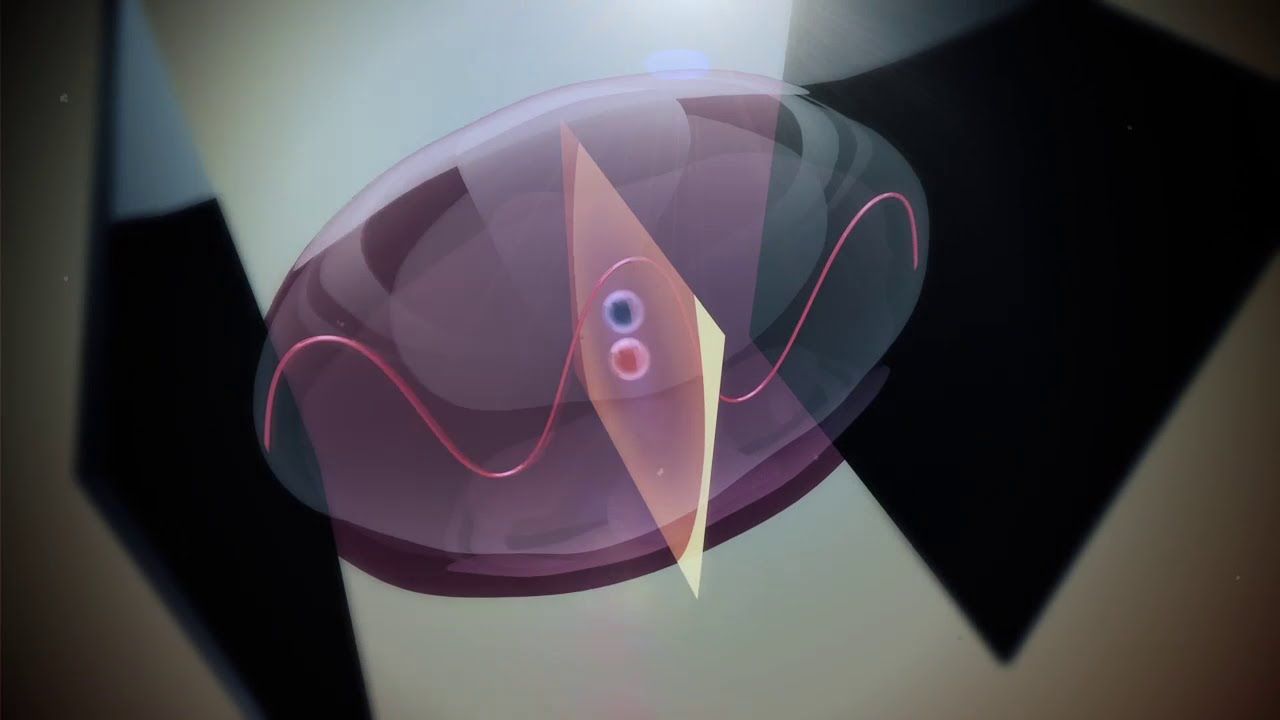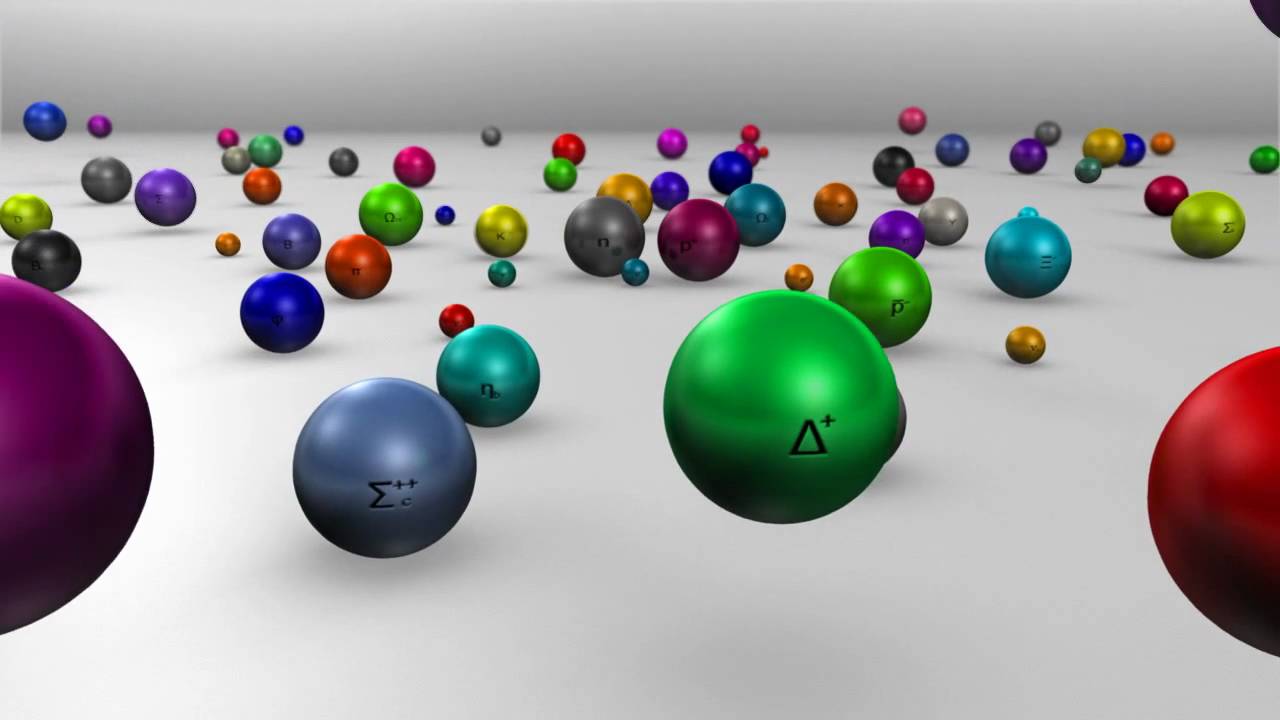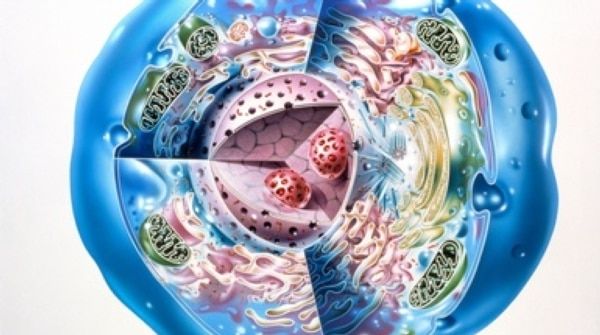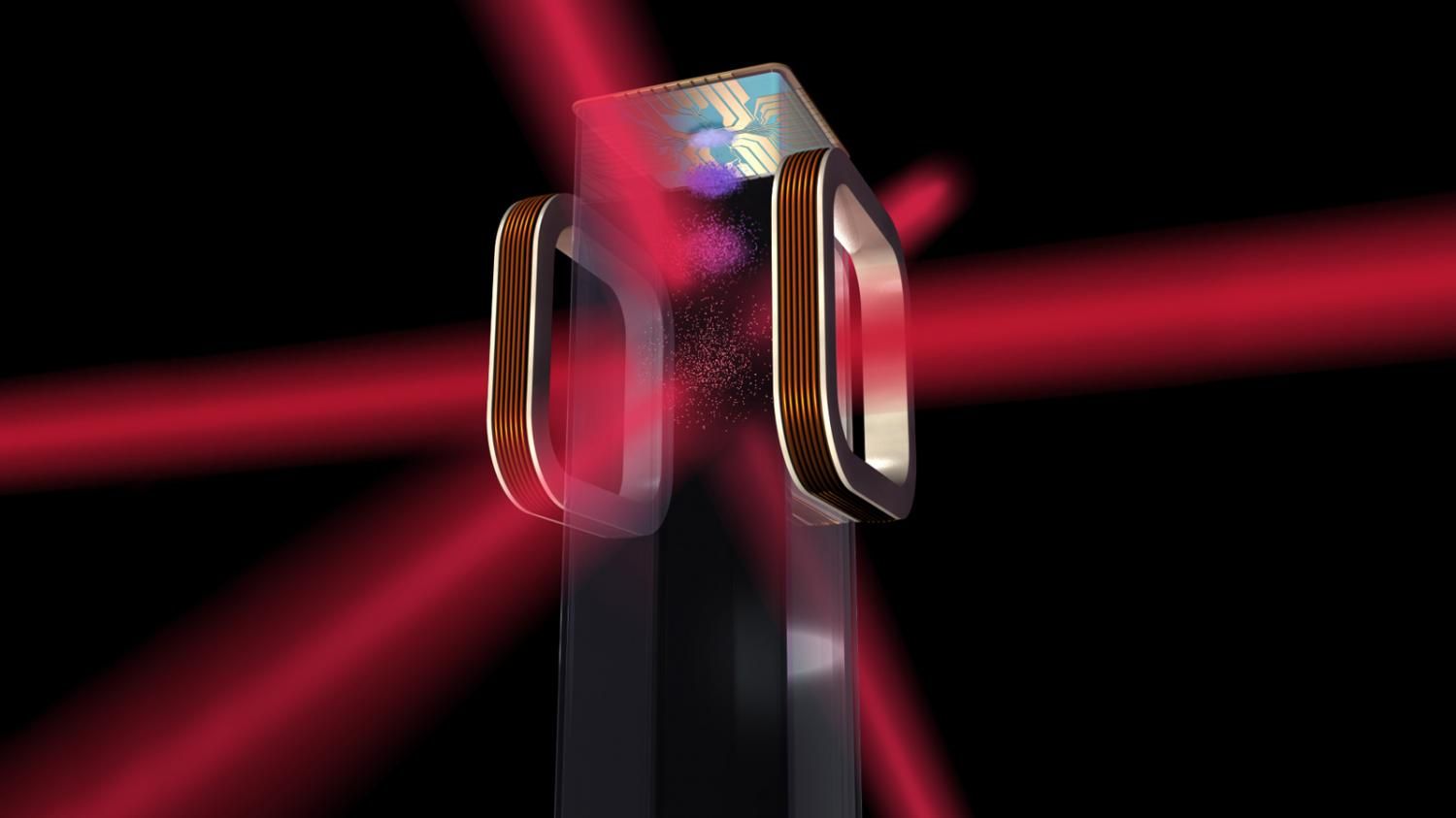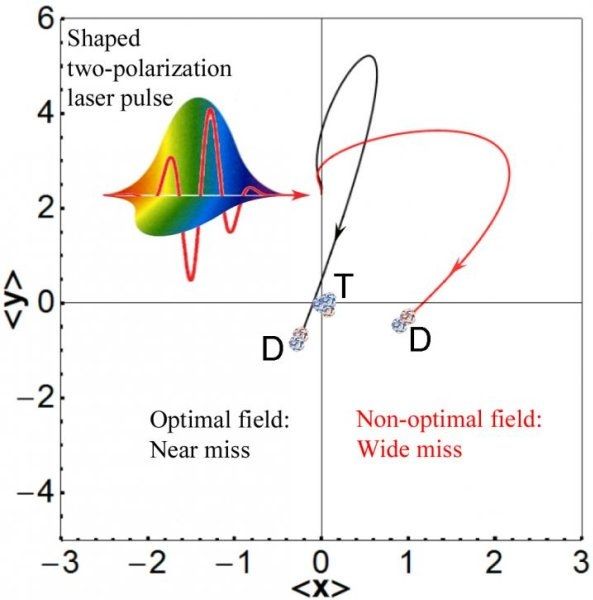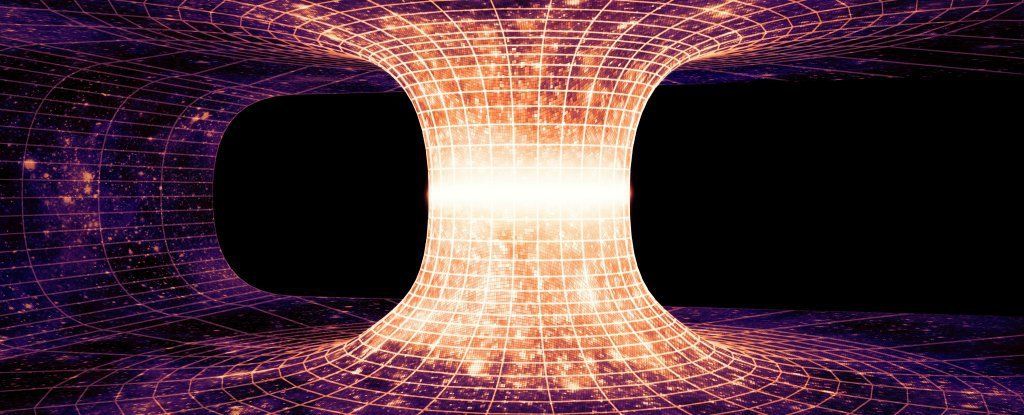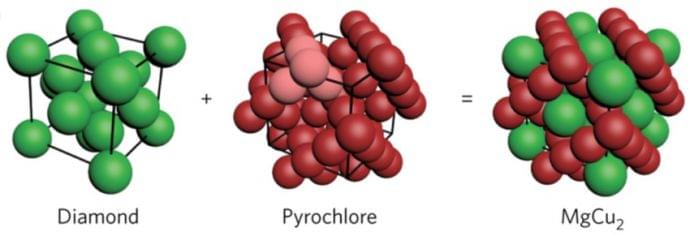Mar 13, 2017
Scientist finds entanglement instantly gives rise to a wormhole
Posted by Andreas Matt in categories: cosmology, particle physics, quantum physics
Quantum entanglement is one of the more bizarre theories to come out of the study of quantum mechanics – so strange, in fact, that Albert Einstein famously referred to it as “spooky action at a distance.”
Essentially, entanglement involves two particles, each occupying multiple states at once – a condition referred to as superposition. For example, both particles may simultaneously spin clockwise and counterclockwise. But neither has a definite state until one is measured, causing the other particle to instantly assume a corresponding state.
The resulting correlations between the particles are preserved, even if they reside on opposite ends of the universe.
Continue reading “Scientist finds entanglement instantly gives rise to a wormhole” »

